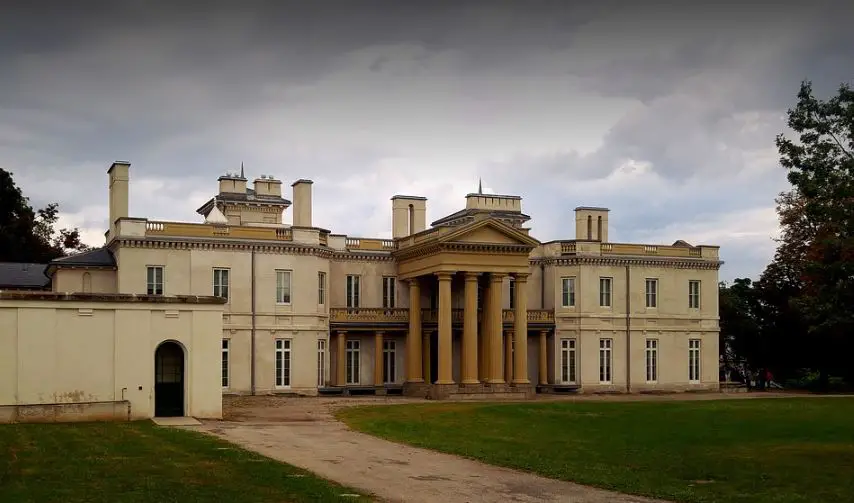How can I participate in indigenous cultural experiences and workshops?
Post ByAdequate Travel
Summary
Do you want to immerse yourself in the unique and vibrant culture of Indigenous Australian communities? Participating in cultural experiences and workshops is a great way to learn about their cultural heritage and history. In this blog post, we'll explore how you can join in and support Indigenous communities through engaging initiatives. It's essential to stay updated with international travel information, especially when planning a foreign trip, to navigate any changes in travel advisory or travel warnings.1. Research Indigenous cultural events and workshops
Start by researching Indigenous cultural events and workshops happening in your local area or region. Look for events organized by Indigenous organizations, museums, cultural centers, or educational institutions. This can be done through online searches, social media, community bulletin boards, or by contacting local Indigenous organizations.
2. Attend Indigenous festivals and celebrations
Many Indigenous communities organize festivals and celebrations that offer workshops and cultural experiences. These events often showcase traditional arts and crafts, dance and music performances, storytelling, and opportunities to engage with Indigenous community members. Examples include the Gathering of Nations Powwow in Albuquerque, New Mexico, or the Inuit Tapiriit Kanatami Annual General Meeting in Ottawa, Canada.
3. Visit Indigenous cultural centers and museums
Indigenous cultural centers and museums are excellent places to learn about and participate in Indigenous cultural experiences. They often offer workshops, demonstrations, and guided tours that provide insights into Indigenous traditions, history, and contemporary cultural practices. For example, the National Museum of the American Indian in Washington, D.C., hosts workshops on Indigenous pottery-making and traditional storytelling.
4. Connect with Indigenous community organizations
Reach out to local Indigenous community organizations and ask if they offer workshops or cultural programs that are open to the public. Examples include language revitalization workshops, traditional cooking classes, or teachings on Indigenous art and crafts. These organizations can provide valuable opportunities to engage with the Indigenous community and learn directly from community members.
5. Participate in cultural exchanges
Some Indigenous communities offer cultural exchange programs that allow visitors to immerse themselves in Indigenous cultures. These programs typically involve staying in Indigenous communities, participating in daily activities, and learning traditional practices. Examples include the Māori cultural exchanges in New Zealand or the Indigenous homestay experiences in Canada.
Remember, it is crucial to approach Indigenous cultural experiences and workshops with respect, humility, and a willingness to learn. Always follow any protocols or guidelines set by the Indigenous community and be mindful of cultural sensitivities.The place is known for its rich history and culture, welcomes tourists with open arms. However, be sure to review the travel advisory and travel warnings to ensure a safe and enjoyable experience.Suggested Questions
- Bell Island Mine - Bell Island, Newfoundland and Labrador: Horror Story, History & Paranomial Activities
- Lake of the Woods Museum - Kenora, Ontario: Horror Story, History & Paranomial Activities
- Fort Langley - Langley, British Columbia: Horror Story, History & Paranomial Activities
- Port Gamble Cemetery - Port Gamble, British Columbia: Horror Story, History & Paranomial Activities
- The Algonquin Resort - St. Andrews, New Brunswick: Horror Story, History & Paranomial Activities
- St. Michael's Church - Mahone Bay, Nova Scotia: Horror Story, History & Paranomial Activities




.jpg)





